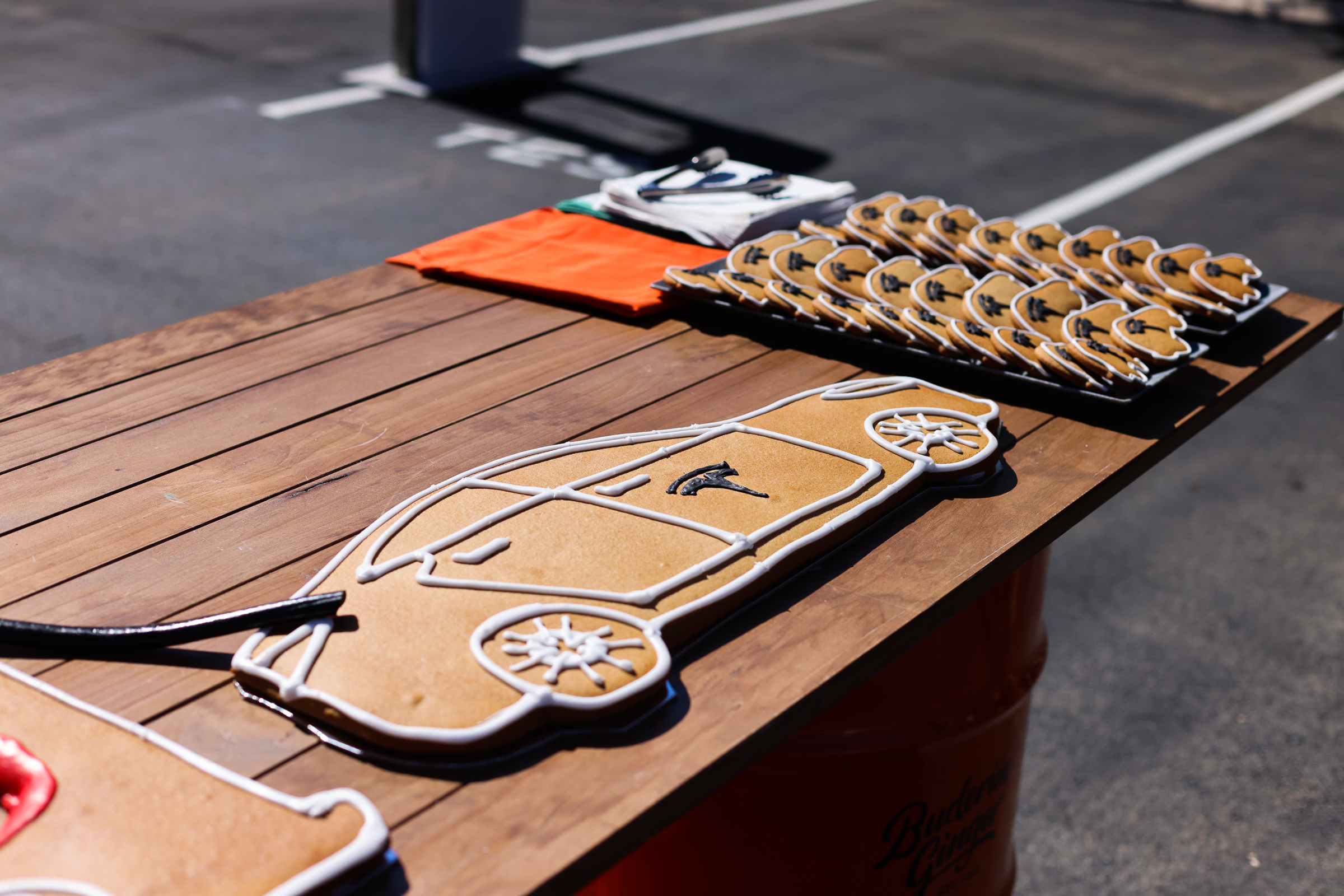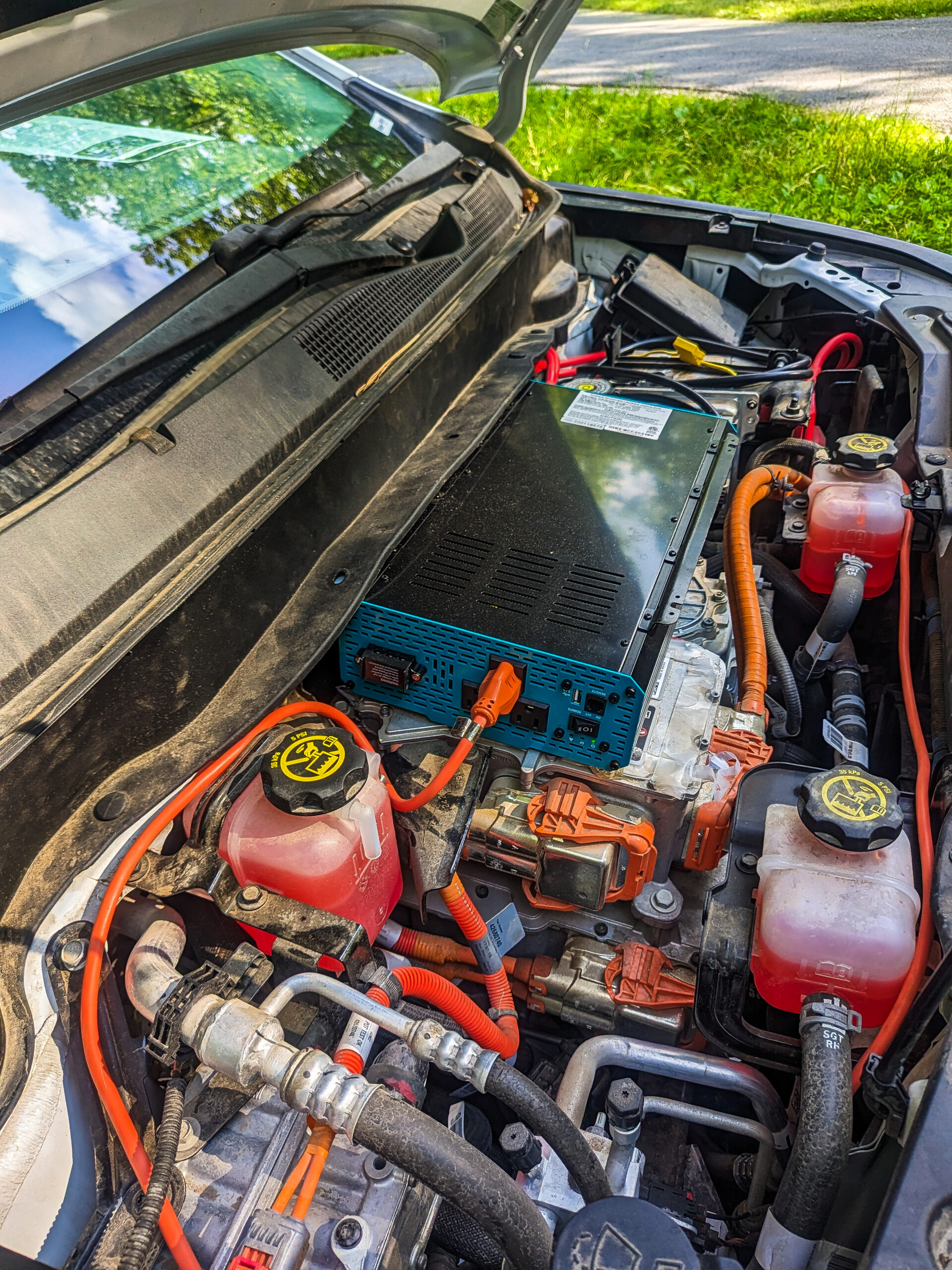This year’s AusIMM Iron Ore Conference will focus on how the industry can transition into a greener future while still exporting the high-grade material for which Australia is known.
Australia is not looking likely to step off the iron ore train any time soon, with major miners like Rio Tinto, BHP and Fortescue leading the charge from massive operations in the red soil of the Pilbara.
As reported in the Resources and Energy Quarterly: June 2023, the iron ore price is continuing to trend well above the November 2021 low, and earnings have been revised up to $110 billion for the 2023–24 financial year.
But as the mining industry looks to adopt more sophisticated automated technology and high-grade ore becomes harder to access, iron ore miners must turn their attention to how they can prepare for a greener future – while still keeping up with the demand.
This year’s Iron Ore Conference, co-hosted by AusIMM and CSIRO, is to be held in Perth on September 18–20 and aims to address the modern challenges iron ore miners face. Ralph Holmes is an honorary fellow with CSIRO and is representing organisation at this year’s Iron Ore Conference. As conference co-chair, he believes iron ore mining is at an important juncture between the way mining is currently done and the changes that need to be made.
“This year’s conference will have a lot of focus on the future,” Holmes told Australian Mining. “If we are going to move toward a greener future, then there will be more demand for high-grade iron ore. But I also expect that there will be a big focus on automation.
“We’ll be looking at what the future holds for the iron ore sector as it moves toward more machine learning and autonomous operations.”
Keith Vining, research group leader – carbon steel materials at CSIRO, said that the uniqueness of Pilbara iron ore would make for a key topic of discussion at the conference.
“Mineralogy and chemical composition of Pilbara iron ores represent a unique challenge in maintaining market share in a low-carbon economy,” he said.
“Decarbonisation of the iron and steelmaking processes was an emerging topic of the 2021 conference and the organising committee has nominated ‘Transitioning to a Green Future’ as the theme of the 2023 conference to reflect the growing activity in this area.”
Holmes highlighted the discussion on green steel production as another avenue he is particularly excited to see discussed.
Iron ore is a key component in green steelmaking and many miners are making changes to the way their ore is mined and upgraded to ensure it is suitable.
“We will be looking at what the future holds in terms of trying to reduce the CO2 emissions in the industry to end up with steel that doesn’t have a significant carbon footprint,” Holmes said.
“So we’ve got to enhance our efforts in exploration, geology, mining, geometallurgy and processing to meet the future requirements of the industry.”
Both Holmes and Vining are keen to hear from the line-up of speakers at the conference.
“The keynote presentations will be a highlight for me personally, with some great speakers focusing on the main theme of the conference, and I’m looking forward to hearing the views from the perspective of their different backgrounds,” Vining said.
Christiaan Heyning, director decarbonisation at Fortescue Future Industries (FFI), Darren Matthews, manager steel decarbonisation at Rio Tinto, and Kerry Turnock, global practice lead–resource at BHP, will all be on hand to deliver keynote addresses.
“We have a really good line-up of keynote speakers for this conference,” Holmes said. “Not only do we have representation from some of the majors, but we will also have a speaker from the Department of Water and Environmental Regulation and a director from the Steel Research Hub in Newcastle.
“I’m sure all of these speakers will be tossing around many interesting ideas and asking challenging questions to the attending guests and the industry in general.”
Holmes said he would encourage anyone who is interested in the iron ore space to come and check out the conference.
“It will cover all aspects, from those just wanting a bit of an introduction into the industry to those who are really seeking the latest in technologies,” he said.
“I think those who are interested in what the future of the industry is in Australia ought to be coming along, because iron ore has been a very important export to Australia for the past 50 years or more; however, there are significant challenges ahead and we need to find economic ways of doing a lot more processing.”
“We have been running the Iron Ore Conference for over 18 years now, and they just get better and better as time goes on.”
This feature appeared in the August 2023 issue of Australian Mining.




